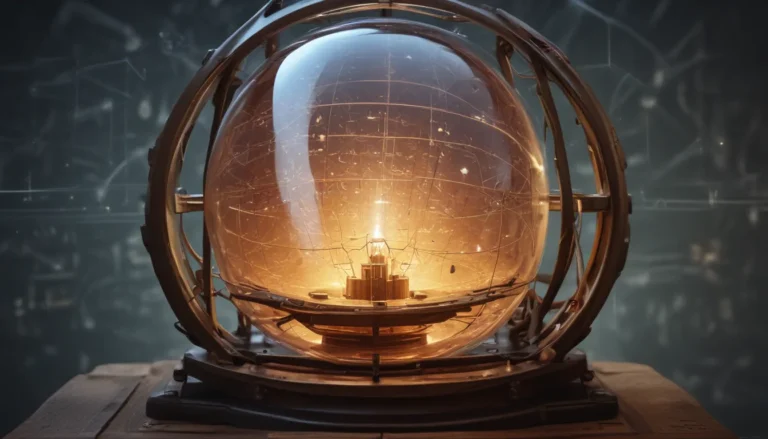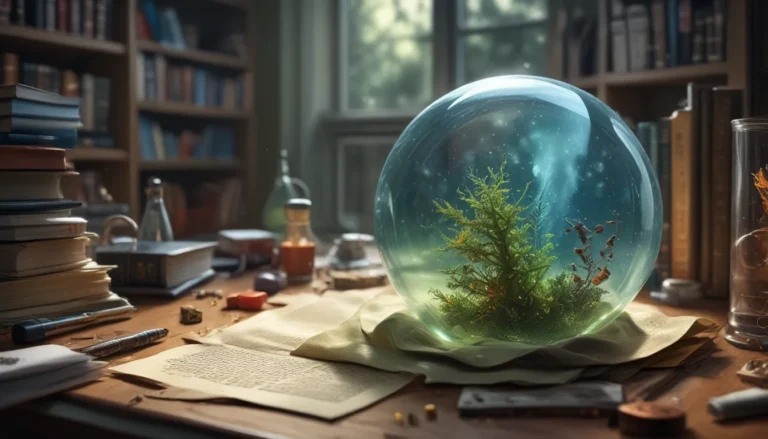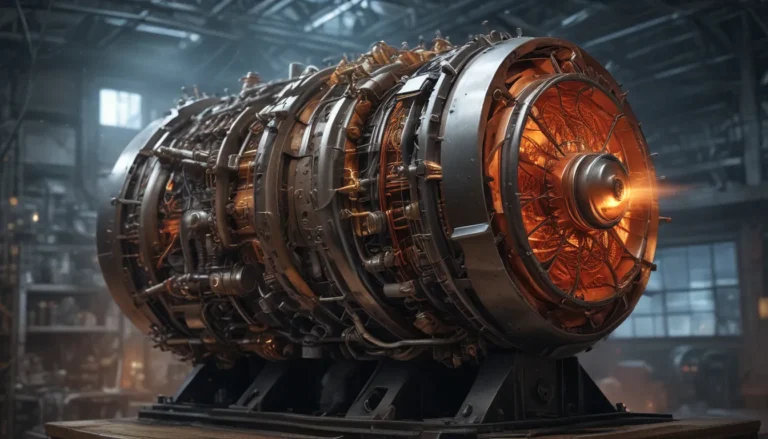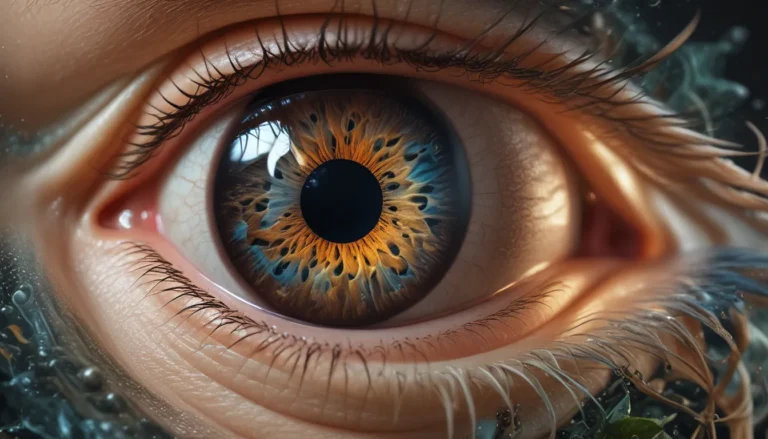A Note About Images: The images used in our articles are for illustration purposes only and may not exactly match the content. They are meant to engage readers, but the text should be relied upon for accurate information.
Have you ever marveled at the graceful spins of figure skaters or wondered about the orbital dances of celestial bodies in space? These captivating phenomena are governed by the fundamental concept of angular momentum, a cornerstone of physics that holds the key to understanding the rotational motion of objects. In this enlightening journey through the realm of conservation of angular momentum, we will unravel 16 astounding facts that shed light on this captivating principle. From its origins to its applications in various fields, let’s embark on a voyage of discovery and uncover the mysteries of angular momentum conservation!
Exploring the Essence of Angular Momentum:
- Angular momentum is like a spinning secret that stays the same unless someone gives it a push. It helps us understand everything from spinning tops to planets in space.
- Conservation of angular momentum is like a superhero power for rotating things. It keeps them stable and helps us unravel the mysteries of stars and galaxies.
- Angular momentum is a fundamental concept in physics, representing the rotational equivalent of linear momentum. It depends on an object’s mass, shape, and speed of rotation.
- The conservation of angular momentum is a fundamental law of physics, stating that the total angular momentum of an isolated system remains constant in the absence of external torques.
- Angular momentum is a vector quantity with magnitude and direction, symbolized by a vector pointing along the axis of rotation.
Delving Into the Depths of Angular Momentum Conservation:
- Angular momentum hinges on two main factors: moment of inertia and angular velocity. The product of these factors determines the magnitude of angular momentum.
- Conservation of angular momentum can be observed in diverse phenomena, from spinning tops to planets orbiting the Sun.
- If no external torques act on a rotating system, the total angular momentum remains conserved.
- Angular momentum can be transferred between different parts of a system through changes in rotational energy or moment of inertia.
- Conservation of angular momentum explains intriguing phenomena, such as the increased spinning speed of ice skaters when pulling their arms closer.
- The law of conservation of angular momentum applies to celestial bodies, ensuring the stability of planetary orbits over time.
- Angular momentum is conserved in particle physics, with particles possessing intrinsic angular momentum known as spin.
- The behavior of rotating systems, from spinning tops to galaxies, is elucidated by the conservation of angular momentum.
- External torques can alter the angular momentum of a rotating object, affecting its rotational speed or direction.
- Conservation of angular momentum is intertwined with the law of inertia, reflecting the tendency of objects to maintain their rotational motion.
Unveiling the Applications and Implications of Angular Momentum Conservation:
- Angular momentum is integral to understanding the stability of rotating systems like satellites in space.
- The right-hand rule is a valuable tool for visualizing the direction of the angular momentum vector in rotating systems.
- Conservation of angular momentum plays a pivotal role in astrophysics, elucidating the formation and evolution of celestial bodies.
- By mastering the conservation of angular momentum, scientists and engineers can make accurate predictions and develop innovative technologies.
Embarking on a Journey of Discovery:
Conservation of angular momentum unravels the marvels of the physical world, showcasing the interconnectedness of rotating systems in nature and beyond. From celestial bodies to subatomic particles, this fundamental principle governs the behavior of objects in motion, offering insights into the mysteries of the universe. By exploring the depths of angular momentum conservation, we gain a profound understanding of the laws that shape our reality and the beauty that lies within its intricate design.
FAQs – Unraveling the Common Questions:
-
- What is angular momentum? Angular momentum signifies the measure of an object’s rotational motion, dependent on its mass, shape, and rotational speed.
-
- Why is the conservation of angular momentum important? This principle aids in understanding and predicting the behavior of rotating systems, ranging from stars and planets to atoms and particles.
-
- How does the conservation of angular momentum apply to celestial bodies? It explains the rotational motion of celestial bodies as they interact gravitationally, adjusting their rotational speeds to conserve total angular momentum.
-
- How does angular momentum conservation apply to everyday life? It is evident in activities like ice skating and spinning tops, maintaining balance and enabling various maneuvers.
-
- Can angular momentum be created or destroyed? No, it cannot be created or destroyed but can be transferred between objects or transformed into different forms.
-
- What happens when the moment of inertia decreases? The rotational speed increases to conserve angular momentum, akin to ice skaters spinning faster when tucking their arms in.
-
- How does angular momentum conservation affect engineering? It is crucial in designing systems like turbines and spacecraft, optimizing efficiency and stability.
-
- Can angular momentum be transferred without external forces? Yes, internal torques within a system can transfer angular momentum, known as the conservation of angular momentum.
Join us on this engaging exploration of conservation of angular momentum, where the marvels of physics come to life, unveiling the wonders of the natural world. With each fact shared and insight gained, we delve deeper into the intricate tapestry of rotating systems that shape our universe. Trust in our dedication to quality and authenticity as we journey together through the fascinating realm of angular momentum conservation.






